10 Questions for Planning Early Childhood Classrooms that Encourage Positive Behavior
September 1, 2022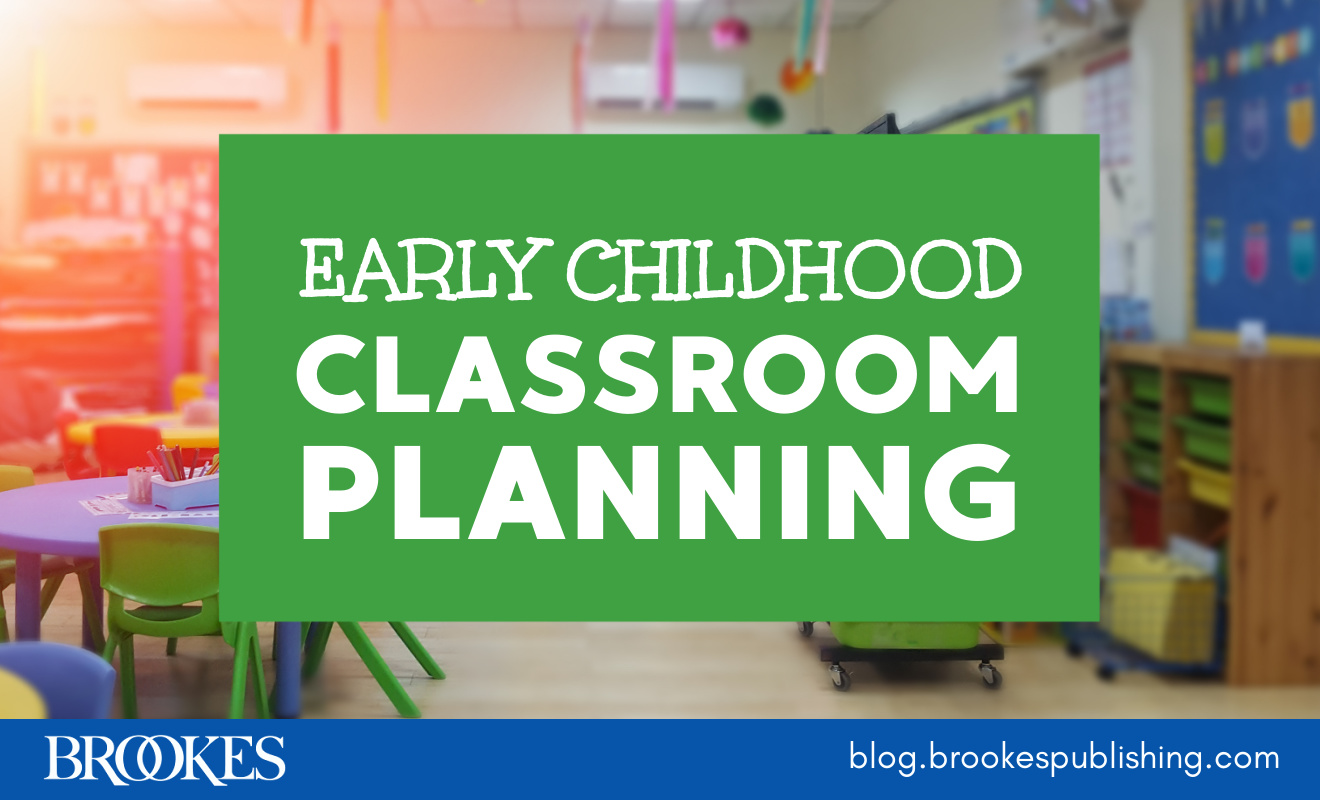
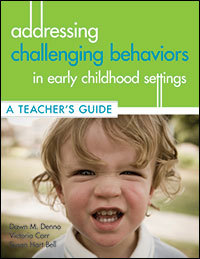 The way a classroom is set up can have a powerful impact on the behavior of young children. A supportive and thoughtfully designed classroom environment can help reduce behavior challenges and encourage more of what you want to see: cooperation, learning, smooth transitions, and positive social relationships.
The way a classroom is set up can have a powerful impact on the behavior of young children. A supportive and thoughtfully designed classroom environment can help reduce behavior challenges and encourage more of what you want to see: cooperation, learning, smooth transitions, and positive social relationships.
Excerpted and adapted from Addressing Challenging Behaviors in Early Childhood Settings by Dawn M. Denno, Victoria Carr, & Susan Hart Bell, today’s blog post raises 10 essential questions about elements of the early childhood classroom known to affect behavior. Use these questions as a guide when designing classroom spaces for your young learners!
How big, in square feet, is the largest space in the classroom?
There is no right or wrong answer to this question. Understanding the size of your space will help you think about the intended use for the space. Is this too big for the learning intended? Is it too small? Would children be inclined to wrestle or chase one another? It might be helpful to compare the size of your room with other classrooms.
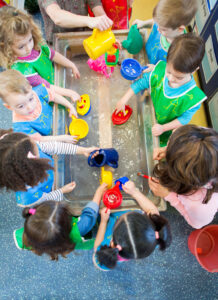 What is the largest number of children who play in one area?
What is the largest number of children who play in one area?
In general, the larger the number of children who play together in one space, the more social skills they will need to maintain play. Decide on the number of children who will be allowed in an area at one time. The number will depend on the children in your group—the established limits should be determined by the individual skills and learning needs of the children, the goals you have for them, and the intended experiences.
How do children know the limits of the classroom?
All teaching teams should establish ground rules. They should be brief, few in number, and consistently enforced. Deciding how limits will be communicated depends on the children in your group. Some children need concrete reminders such as bracelets or numbers of chairs for sitting around a table. Think about the individual children in your room and design both the ground rules and communication around their needs for support.
Are there many spaces for children to play in small groups?
 When conflicts arise, they often can be traced back to a mismatch between the design of the space and the amount and types of uses children find for the space. Take advantage of opportunities for scaffolding learning by designing your space to accommodate positive social experiences. Providing many opportunities for working and playing in small groups will allow the children in your classroom to learn many social skills. In addition, you’ll be better able to move from group to group while scaffolding experiences—you can call attention to peers who model positive social interaction, and you can help children extend play by verbalizing feelings when children do not.
When conflicts arise, they often can be traced back to a mismatch between the design of the space and the amount and types of uses children find for the space. Take advantage of opportunities for scaffolding learning by designing your space to accommodate positive social experiences. Providing many opportunities for working and playing in small groups will allow the children in your classroom to learn many social skills. In addition, you’ll be better able to move from group to group while scaffolding experiences—you can call attention to peers who model positive social interaction, and you can help children extend play by verbalizing feelings when children do not.
How do children know where materials belong?
Classrooms with clutter and materials underfoot can create a chaotic feel—but cleanup time can seem overwhelming to children and often results in conflicts between teachers and students. Providing clear and concrete indicators (e.g., pictures on shelves) of where things belong helps make the task less difficult and may reduce resistance to cleanup. When materials are placed on shelves in an orderly way, children learn respect for them.
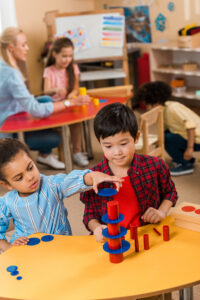 Which children need the proximity of an adult or supportive peer to be successful socially?
Which children need the proximity of an adult or supportive peer to be successful socially?
Sometimes, all it takes to support positive social interactions is for a teacher or supportive peer to move closer to a student. You can facilitate positive interactions by working with team members to move near children who may need them, or by grouping children with peers who naturally support their prosocial learning. Providing just enough support for children to develop skills of their own is essential.
Are there low, moderate, or high levels of visual or auditory stimulation?
Children have differing abilities for tolerating sensory stimulation. Some children have a low threshold for differences in intensity or patterns of things they see, touch, smell, or hear. Children may react when they try to get increased or decreased levels of sensory stimulation. Increasing your awareness of the sensory levels in your classroom can help you understand and address children’s behavior.
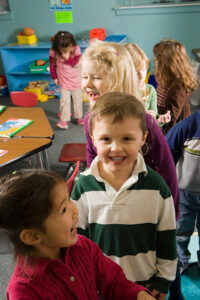 Is it easy to see where children are expected to walk when moving from one area to another?
Is it easy to see where children are expected to walk when moving from one area to another?
Well planned and established traffic patterns can cut down on chaotic movement around the classroom. When children begin to move in ways that disrupt learning, you can support calm movement by analyzing traffic patterns. For example, long spaces can encourage running, and low shelves at the end of a pathway can encourage jumping. Observe the traffic patterns in your space and make adjustments as needed.
Are quiet and active areas clearly defined and separated?
Children are more likely to behave in intended ways if they can see concrete area delineations. Children can then monitor their own tempos by moving to areas that meet their needs. For example, children who need less stimulation can move to a book area, while children who need more stimulation can move to a block building area.
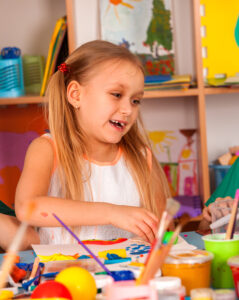 Are chairs, tables, and shelves child sized so that children can gain access to materials independently?
Are chairs, tables, and shelves child sized so that children can gain access to materials independently?
When children enter classrooms, they become members of a learning community. Once your classroom expectations are clear, you don’t need to be the intermediary between children and your classroom materials and equipment. When classrooms are organized well, children can gain access to needed materials independently, and you can function in your primary role—facilitating experiences that extend learning.
Observing and reflecting on the basic elements of your classroom environment can help you create spaces that support positive behavior and peer connections. Use these 10 questions as a discussion starter for your school or teaching team, or as a tool when observing other classrooms.



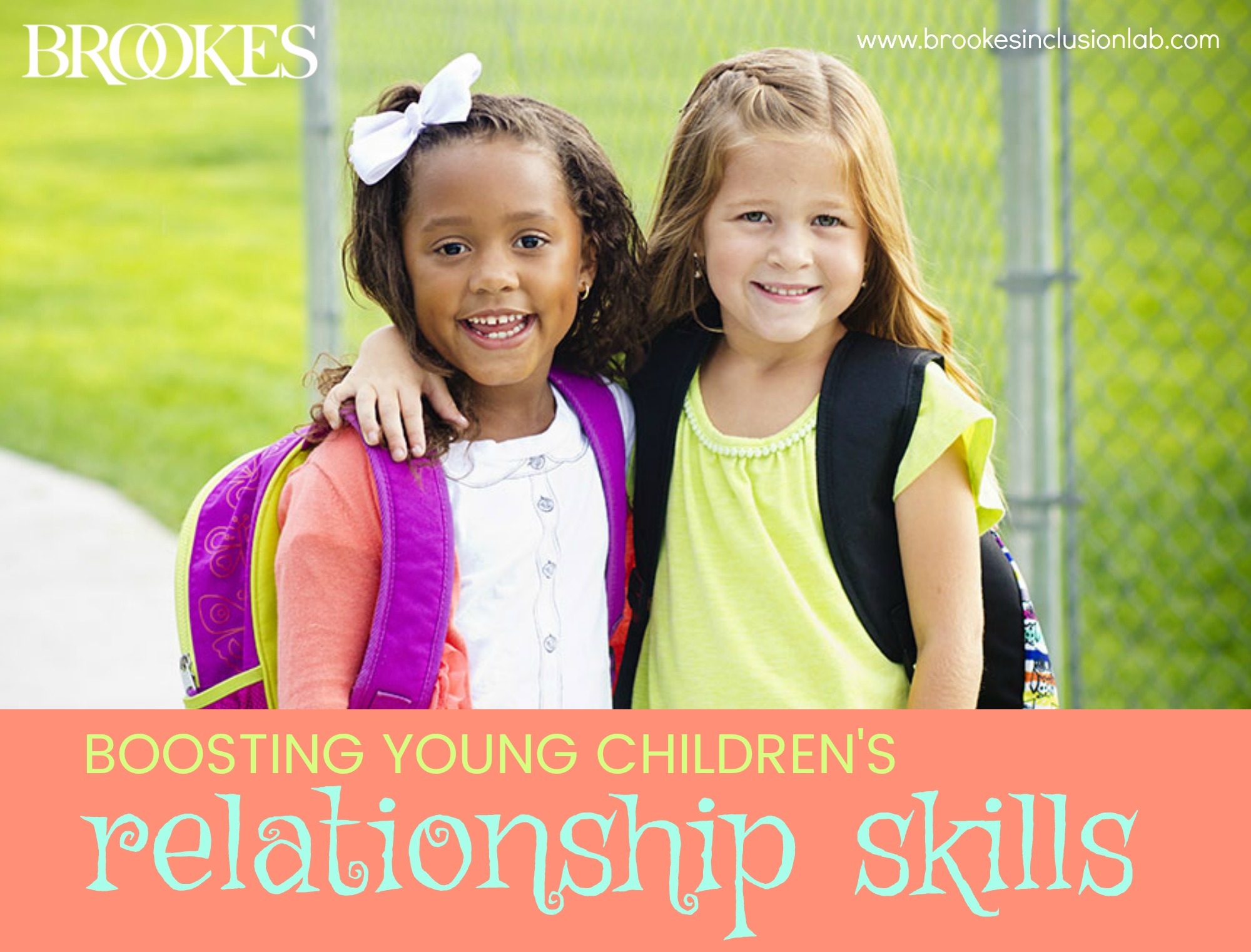
Write a Comment
Your email address will not be published. Required fields are marked *
Post a Comment